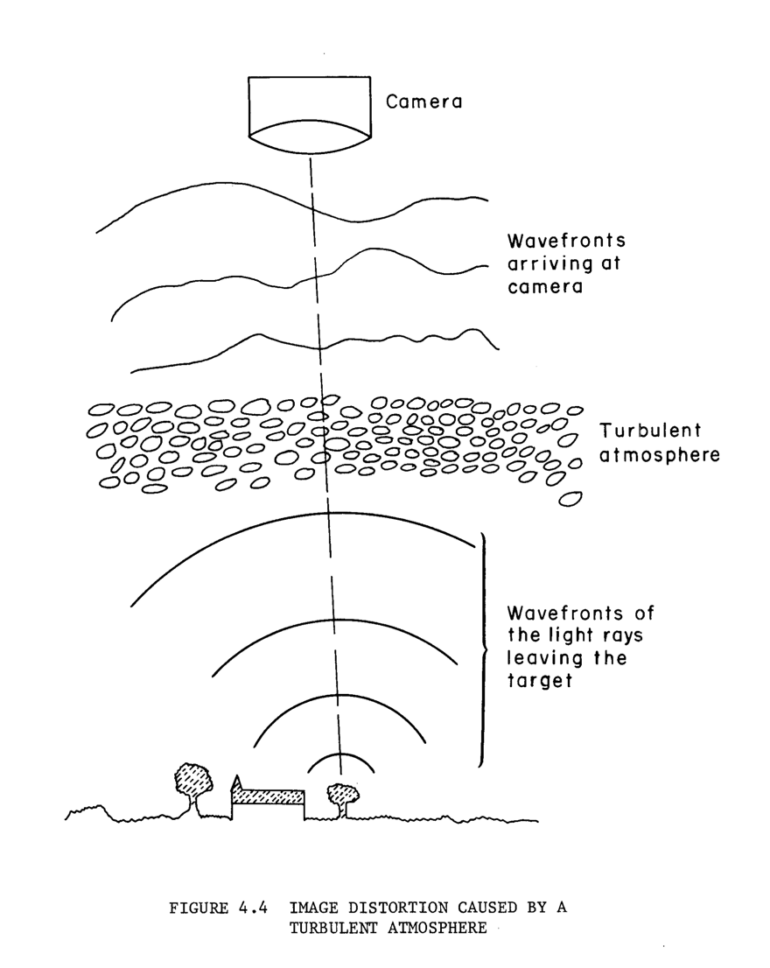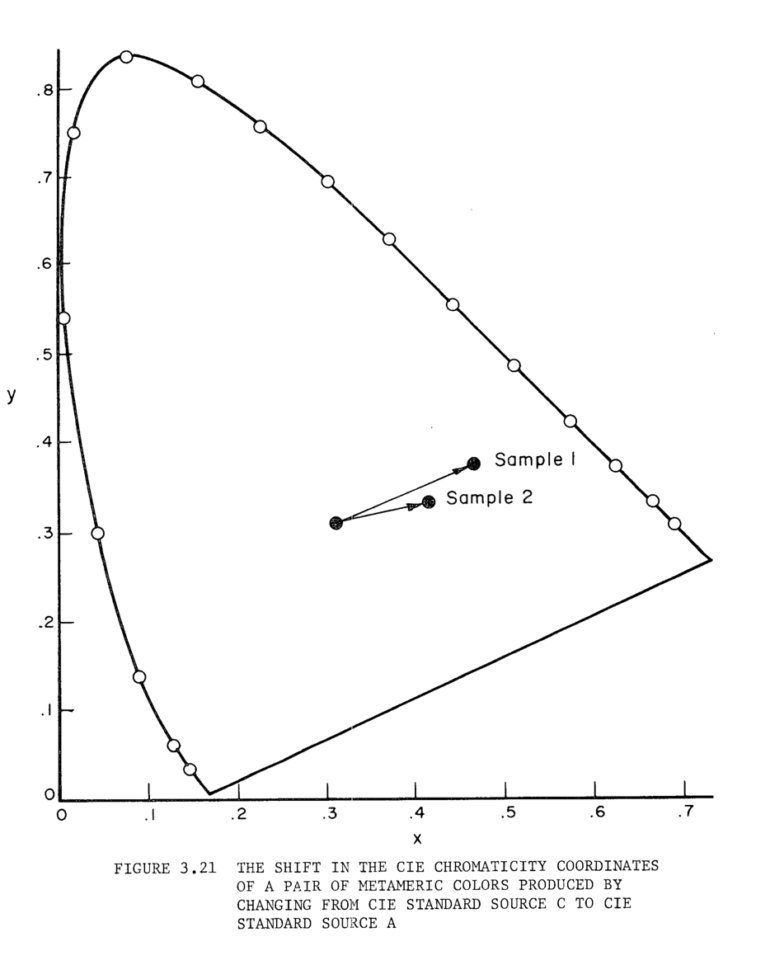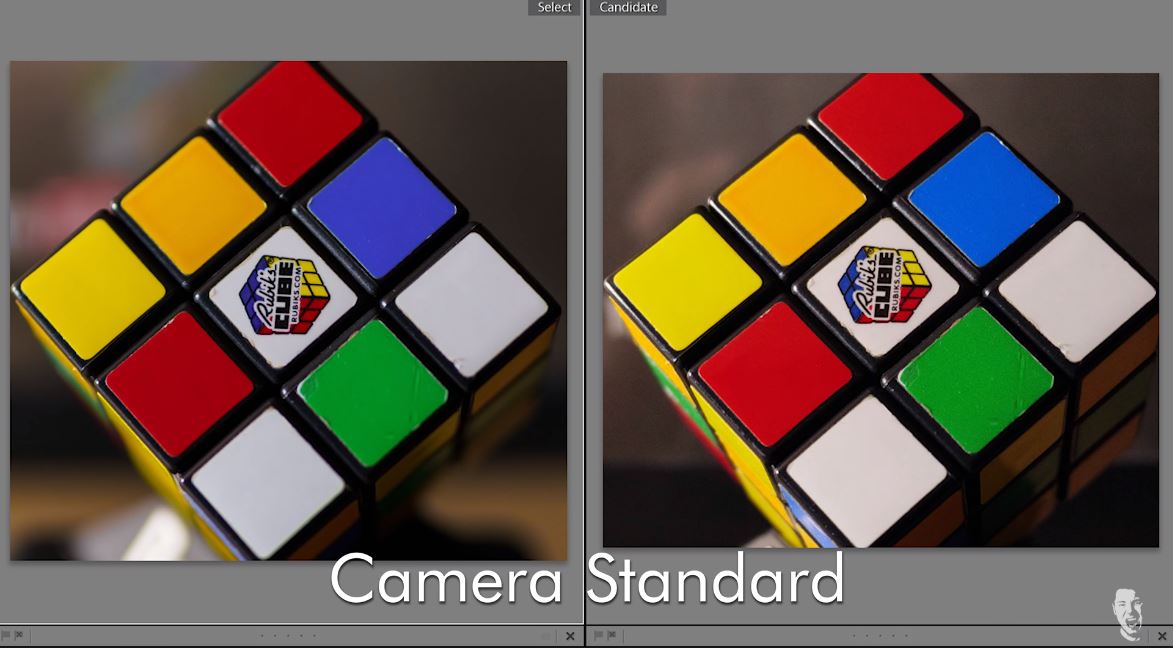In the 1970s, the National Photographic Interpretation Center (NPIC) realized that it had a problem: a people problem. Despite substantial technical advancements during this period, interpretation remained endemic to photography as a visual form of capture, and this applied even to military surveillance. New guidance released by the National Photographic Interpretation Center in a 195 page guide on color science published on January 1972 argued that many of the limits and advantages of color photography would have very little to do with the objective technical characteristics of color film, and would instead be driven significantly by colors’ psychological relationship with the mind.
Declassified is an original Phoblographer series that digs deep into historical documents to examine how the government used photography.
Table of Contents
Interpretation and Communication
The investigator who eventually moves to interpret a surveillance positive does so with human eyes and a human brain, both of which aren’t objective and unlimited. The military’s adoption of color surveillance wasn’t completed overnight and only after considerable research and investigation into the expected benefits of the new technologies. Nowhere was this research more prominent than in aerial surveillance, where novel optical and sensing technologies were pushing the limits of physics in many ways— at least in those times. The NPIC guide breaks down how collecting color data in film transforms the process of taking photos, displaying photos, and communicating photos and illustrates (sometimes literally) the way color science would be essential to understanding the representations of the world captured in film.
Capture
The conditions of military surveillance are extreme and happen from planes or satellites straddling the atmosphere, searching for deliberately concealed objects often no larger than a vehicle. Even on nine-inch pieces of film, the vast distances and the changes in the angle of the sun, haze in the air, or available wavelengths of light had big impacts on the colors perceived by the eye and captured on film. The choice of which kind of film, filters, and techniques to use was almost always a function of understanding color science. The NPIC guide has a (literally) illustrative example of this when describing how distances affect detail, and explains to the investigator how the side effects can be mitigated (or not). In a fantastically 70s infographic on page 121, the guide illustrates how the light being reflected back to the lens can pass through areas of turbulent air, altering the apparent image of the object as seen by the camera:

This effect will be pretty well understood by those who use long telephotos or who’ve seen heat shimmers on a hot day and is referred to in the document as haze. Haze filters that cut this blue shift also cut on the blue necessary to record shadow detail because shadows reflect primarily blue ambient atmospheric light (p.137), and can depend on the operator choosing a film stock that is more sensitive to the blue region of light to retain as much shadow detail as possible, or electing a panchromatic stock which is more resistant to reductions in available blue light. The problem can be even more complicated when taking into account the effects of atmospheric attenuation. Atmospheric attenuation results from changes in the angle of the sun relative to the object being photographed and alters the recorded wavelengths, impacting the observable detail of the film (p.137), typically manifesting as a blue cast. Page 125 suggests a series of filters, mostly haze filters, but notes that filtering out a dominant cast has the side effect of severely reducing detail resolution, and, most importantly, giving the image an orange cast. This orange cast highlights one of the main areas of investigation by the guide: the ability of investigators to interpret the film. An effective understanding of color science was a prerequisite behind the representation of the ground truth on an inherently limited visual medium.
Interpretation
After taking a photo, the next link in the surveillance chain after development was looking at the image. In the 70s, computers weren’t yet very capable; certainly not of interpreting images. So, that work was left to human investigators. The prospective advantages of color film in aerial surveillance were anticipated to derive from improvements in subjective interpretation by investigators rather than through objective enhancements.
Research explained beginning on page 133 notes that experimental and observational research on the use of color film in surveillance didn’t agree. Page 134 indicates that, theoretically, color film would only be superior to panchromatic film in surveillance applications if it could match the resolution characteristics of the contemporary panchromatic films in use, and experimental research bore this perspective out, finding on page 135 that identification rates for color film were not improved over-identification rates for a panchromatic film. Intelligence investigators (p.136); however, felt (erroneously) that color film out-resolved its panchromatic predecessors, but this is probably because color serves as a substitute for raw resolving power in humans’ ability to distinguish objects. Even if the edges of an object aren’t clearly defined in a surveillance positive, the color differences between a small grouping of one color against others might be enough to identify an object (p.124). Color films offered a unique opportunity to investigators: false color. The introductory section containing this chart on page 24 explains that humans can only see a limited range of the wavelengths produced by light:

Film, by comparison, can be designed to capture more of the wavelengths of light than the purely human visible. A film like Ektachrome IR (p.126) was designed as a false color film which translated these wavelengths into “false color” human visible counterparts. Perhaps unsurprisingly, this required an investigator to learn how these false color films represented human observed color and obligated them to learn the science behind how certain colors were transposed on real color, and, most importantly, how these false colors blended with real colors to produce wholly new representations of objects which were distinctly represented in natural color (p.127). This doesn’t even include learning how additional techniques affect this false-color film. Haze filters, for example, make the false color film almost unusable (p.127).
The two highest hurdles came after learning the science of how film sees color and became a psychosocial process of understanding how we think about and communicate color. The introduction to section two of the report breaks down the problem simply by explaining that every viewing method will yield different colors, and every person viewing across the wide range of viewing devices will interpret the variously displayed colors differently, and as a result, consensus building can be frustrated (p.3). Illumination has a significant impact on the interpretation of color imagery (p.157) and can, for example, completely alter how investigators using different viewing systems can see and conceivably interpret completely different objects.
Interpretation is probably the most important part of the visual surveillance pipeline, and it sets the outer bounds on the entire system. The consumer marketing industry in the United States had produced a series of mathematical formulas which it used to identify consumer tolerance for variance in actual color before it affected a change in perceived color. The National Photographic Interpretation Center used this same set of formulas to set the outer bounders for color tolerances in its surveillance technologies, and explicitly notes on page 95 that the utility of further technical precision is limited by the ability of observers to perceive those improvements. Assuming investigators can agree on color, the real problem in explaining to others what they are seeing.
Communication

The final challenge of color film had relatively little to do with the staff of intelligence agencies or innovations of highly competent scientists and researchers and had everything to do with the layman. Military surveillance wasn’t a goal in itself but rather aimed to produce actionable intelligence which could be passed to other branches of American and allied militaries, or (where applicable) civilian leadership, to facilitate informed decision-making. Explaining what’s to be seen on any particular piece of film is a process of consensus-building and articulating perspectives in various social contexts. Unsurprisingly, page 93 points out that even people with normal sight can’t agree on color matching, at least not within reasonable tolerances. The military used Munsell color chips, now part of the same X-Rite company producing color checkers, in more or less the same way that Pantone is used for matching and commonly identifying colors across people and varied conditions (p.153). The idea was that there was a standard for naming colors so that in the board room, every agent and investigator was in agreement about what colors were called, and were prepared to communicate that with the different partner organizations. If a general can’t find the orange puddle and instead sees a red splotch, he’ll have a hard time deciding there has been a chemical spill. Anyone who’s worked with color swatches knows, however, that it’s rarely so simple, but that’s for another article.
In the world of yesteryear, where every stage of nearly every technical process was conducted by a person, that person’s knowledge of the science behind the process was essential. Then, as today, it remains that the viewer makes their own interpretation, and agreeing on what’s to be seen really marks the final task where no amount of professional technical expertise can resolve what’s a social challenge.
All images are screenshots taken from CIA documents.


